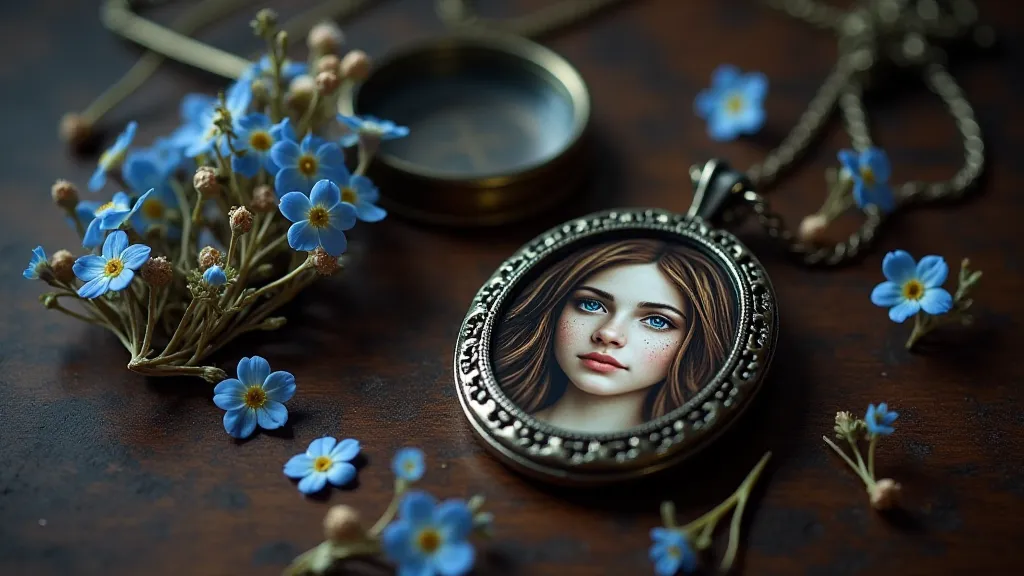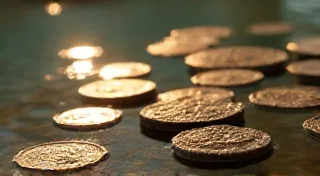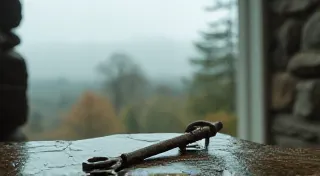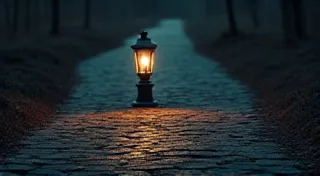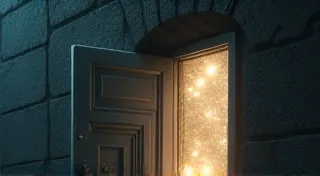Chromatic Echoes: Color Palettes in Victorian Hair Art – Meaning and Method
The scent of aged paper and dried flowers is almost a physical sensation when handling a piece of Victorian hair art. It’s a fragrance steeped in history, in loss, and in a meticulous kind of love. Most people immediately associate Victorian hair art with the dark hues of hair itself – the rich browns, the deep blacks meticulously woven into intricate patterns. But to limit our understanding to those shades is to miss a vital, and surprisingly vibrant, part of the story. Victorian hair artists, far from being constrained by limited resources, employed a sophisticated and meaningful color palette, transforming mourning into a poignant and surprisingly beautiful form of expression.
My own fascination with Victorian hair art began not with a finished piece, but with a dismantled one. As a young woman, I stumbled upon a box of discarded fragments at an antique shop – remnants of what was once a grand mourning piece. The dark hair was the most obvious element, of course, but nestled amongst it were tiny, faded blossoms – petals of crimson, lavender, and a remarkably persistent gold. It was that splash of unexpected color that sparked a lifelong journey into this unique art form. I began to understand that the choices these artists made weren’t simply aesthetic; they were communicative, a visual language speaking volumes about grief, memory, and enduring love.
The Language of Mourning Colors
The Victorian era, with its formalized mourning rituals, offered a framework for expressing grief. Each stage of mourning dictated specific colors to be worn and displayed, and this understanding informed the color choices in hair art. Initially, absolute black was the standard. Widows, in particular, were expected to wear black for a minimum of two years, a period often extended based on social status and the age of the deceased. However, as time passed, subtle nuances crept into the palette, reflecting the gradual softening of grief.
Beyond black, the most common colors found in Victorian hair art and mourning attire held significant meanings. Crimson, often derived from geraniums or other dried flowers, represented the vitality of life extinguished, and a fervent, passionate grief. Lavender, a color associated with spirituality and remembrance, often signified a quieter, more contemplative mourning. White, especially in later stages of mourning, symbolized purity and the hope of reunion. Pale blues, like forget-me-nots, directly communicated the sentiment of remembrance – “forget me not.” These weren't arbitrary choices; they were deliberate acts of visual storytelling.
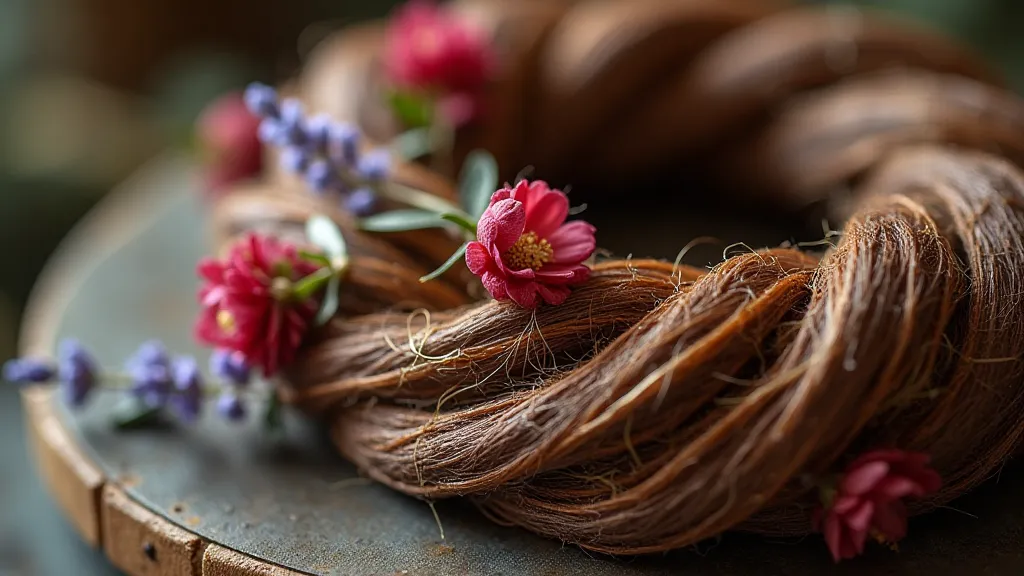
Beyond Grief: Celebrating Life and Legacy
While the majority of Victorian hair art served as memorial pieces, some artists subtly integrated brighter, more celebratory colors. These weren’s often seen in the primary design, but might be incorporated in small details - a touch of gold leaf to represent a hopeful future, or a few strategically placed yellow flowers symbolizing the joys of a life well-lived. This wasn't a rejection of mourning, but rather a gentle acknowledgement that even in the depths of sorrow, memories of happiness remained. A mother, creating a hair portrait of her child, might include a few brighter hues to reflect the vibrancy of the child's personality.
Furthermore, the inclusion of different colored hair itself was often symbolic. While brown and black hair were the most common, strands of gray or white hair signified age and wisdom, acknowledging the years shared with the departed. The use of children's hair, a particularly poignant touch, frequently accompanied lighter, sweeter colors to emphasize innocence and the preciousness of youth lost.
Techniques and Materials: Achieving the Chromatic Effect
Victorian hair artists were masters of their craft, employing various techniques to achieve the desired chromatic effect. Dried flowers were the most readily available source of color, painstakingly preserved and arranged. The drying process itself affected the hues – a geranium might shift from a vibrant scarlet to a muted rose as it dried. Artists understood this and often planned their designs with the color changes in mind.
Another technique involved the use of colored silk threads, meticulously woven into the hair patterns. These threads could be dyed with natural pigments – madder root for reds, woad for blues, and weld for yellows. Gold leaf, though expensive, was occasionally incorporated to add a touch of opulence and symbolic hope. The quality of the hair itself also played a role. Fine, silky hair took dye more readily than coarser hair, allowing for greater color variation.
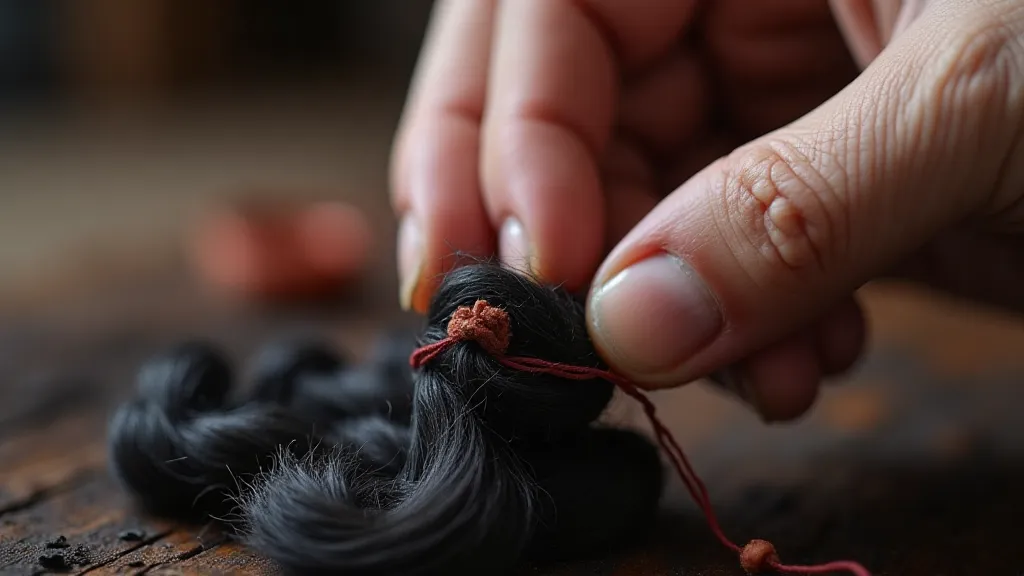
Restoration and Collecting: Recognizing the Color Story
For those interested in collecting or restoring Victorian hair art, recognizing the significance of these colors is crucial. Faded colors are an inevitable consequence of time, but understanding the original palette can provide valuable insights into the artist's intentions and the narrative behind the piece. A heavily faded piece might have once been a vibrant crimson, suggesting a particularly fervent grief that has mellowed with time.
Restoration efforts should focus on stabilizing the existing colors rather than attempting to recreate them. Aggressive cleaning or dyeing can damage the delicate materials and obscure the original story. Gentle surface cleaning with appropriate solvents can often reveal underlying hues, while careful support and consolidation of fragile elements is essential for preservation. Collectors should prioritize pieces with clear color documentation, often found in accompanying letters or family records.
The Enduring Legacy of Color
Victorian hair art is more than just a historical curiosity; it’s a poignant reflection of human emotion and artistic ingenuity. The careful selection and arrangement of colors – beyond the expected darkness – transformed mourning into a tangible expression of love, loss, and remembrance. By appreciating the chromatic echoes within these delicate pieces, we gain a deeper understanding of the Victorian era and the enduring power of human connection, woven into every strand of hair and petal of flower.
